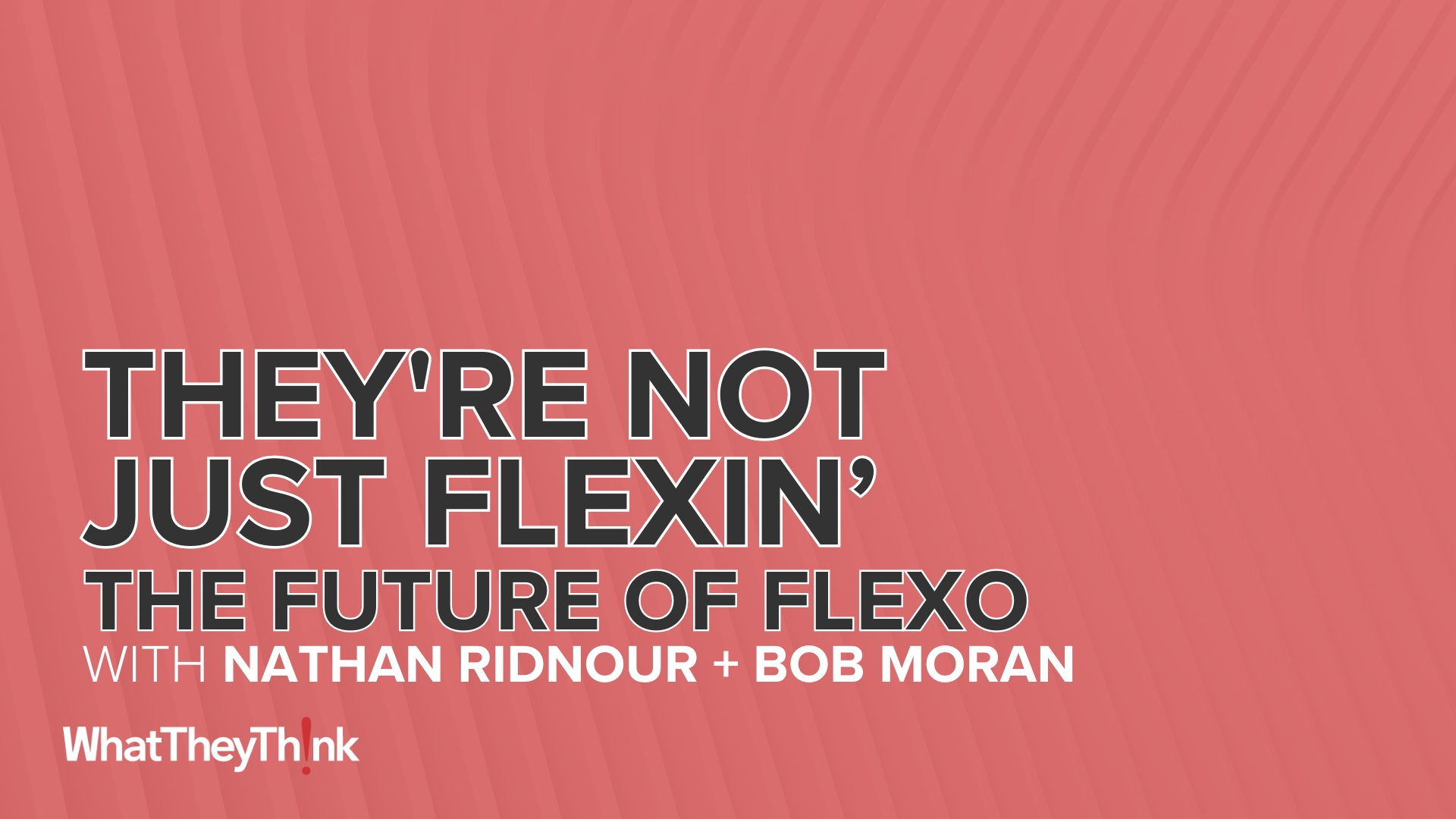- The human psyche has been conditioned to associate shine and sparkle with luxury, affluence, and power.
- The way light interacts with print can be mesmerizing, inducing feelings of joy, fascination, or surprise.
- High-quality print embellishments have traditionally come with a hefty price tag, but continuous technological advancements have made these options more affordable and accessible than ever before.
By Karen Kimerer
Introduction
We humans just love bright and shiny things, from jewelry to cars to holiday décor. Glimmering objects have a way of catching our attention, and people tend to associate shine with higher quality. Some scientists have gone so far to suggest that our fascination with shiny things stems from our primal need for fresh water, which often sparkles dazzlingly in the sunlight. Regardless of the symbolism, people simply gravitate toward bright and shiny things...and print is no exception.
The opportunity to quickly and easily enhance printed products with special effects has never been more accessible. Many of today’s digital printing devices come equipped with specialty inks, inline or near line spot coating, varnishes, or finishing methods that make it easier than ever to produce high-value printed products in short runs. Despite its appeal, specialty print is frequently considered a “nice to have” but unnecessary upsell that may be met with resistance. The best way to get around this is by focusing on the valuethat brand owners can gain from distinctive printed products. This article explores the appeal of embellished print. Consumers love it, and your buyers should as well!
Why Use Embellishments?
Throughout history, shiny and sparkly objects like gold, silver, and gemstones have been symbols of wealth and status. The human psyche has been conditioned to associate shine and sparkle with luxury, affluence, and power. In addition to enhancing the aesthetics of a printed product, embellishments create a lasting impression of the brand using them. Distinctive colors or coatings can make ordinary items like a business card really stand out. Engagement rates are typically higher when direct mail is created with unique printing techniques. Magazines and books with embellished covers enjoy elevated shelf appeal, and premium printing effects in packaging will grab more attention.
In today’s digital age, consumers are bombarded with vast amounts of information on a daily basis. A unique marketing approach can help ensure that a message is noticed and retained. By standing out from the crowd, marketers can break through the noise of a saturated marketplace and connect with consumers in a meaningful way. When brands determine what attracts their customers to their products and services, they become positioned to achieve better business outcomes. As basic as it sounds, brands must use insight to gain a deep understanding of the markets they serve.
According to Statista, over two-thirds of consumers keep an eye out for special offers while shopping. This means that brands of all sizes must differentiate if they want to get noticed. Sparkly and shiny objects capture light in a way that's visually stimulating, making them stand out from other products. The way light interacts with print can be mesmerizing, inducing feelings of joy, fascination, or surprise. Our brains are wired to respond to novelty, so shiny objects and embellished print—especially when unexpected—can stand apart in a crowded market.
One might assume that visual and auditory stimuli dominate the consumer landscape. Even so, the sense of touch remains a powerful and often underappreciated influence on consumer behavior. From the weight and balance of a luxury watch to the soft feel of a premium fabric, tactile experiences can leave a lasting impression. For a simple example in the print industry, consider the significant role that media or paper can play in the perceived value of a document.
What makes these touch-based interactions so impactful? When consumers engage with a product in a tactile fashion, they forge a deeper and more immersive connection that enriches the overall experience. For the most part, printed products are considered tactile. When intricacies like raised text, spot varnishes, and strategically placed foil are incorporated, that value of print soars due to the association of touch.
When it comes to brand recall, the tactile experience of holding a product in your hand or touching it with your fingers lasts longer than digital or auditory experiences. Businesses that can capitalize on touch by delivering a uniquely embellished printed catalog cover or postcard will subconsciously encourage customers to spend more time with their brand. A unique tactile experience can set a product apart, giving it an edge over competitors.
Technology Makes the Difference
High-quality print embellishments have traditionally come with a hefty price tag, but the continuous refinement of toner and inkjet technologies have made these options more affordable and accessible to a broader range of print service providers (PSPs). The economies of scale that were previously enjoyed only by larger operations are now available to operations of all sizes, leveling the playing field for all involved.
As marketers and designers seek new ways to captivate their audiences, the actual beneficiaries of these advancements might just be PSPs. These innovations empower PSPs to venture beyond traditional CMYK offerings and develop more avenues for brand differentiation.
The Bottom Line
The appeal of embellished print can be attributed to many different things, including sensory engagement, personal expression, and deeper emotional connections. Brands that harness the power of touch can enhance the consumer experience and solidify their place in their customers’ hearts and minds. For PSPs, the ability to create amazing prints opens up new earning opportunities and can generate higher profits. What's even better is that by educating print buyers about the benefits of a tactile experience, you establish yourself as an innovator in the print industry.
As part of the Business Development Strategies Consulting Service at Keypoint Intelligence, Karen Kimerer has experienced the many challenges of expanding current market opportunities and securing new business. She has developed a systematic approach to these opportunities, addressing the unique requirements of becoming a leader in our changing industry.















Discussion
By Mike Price on Jul 25, 2024
This is a solid article on the importance of incorporating embellishments into our sales and consultitive process. A suggestion for a follow up article would be what new and up-and-coming embellishments would be suggested and which vendors are creating more efficient and cost-effective embellishments. We have a core group of embellishments we like to promote yet it would be beneficial to learn and understand the new processes which could catapult our offerings.
By Joe Treacy on Jul 31, 2024
I’ve had the opportunity to add embellishing to both a sheetfed design prototype for a dietary supplements label, working with GSB Digital in NYC.
And for a finished, production run roll-feed label with Lofton Label of Inver Grove Heights, MN.
Both, very different uses of embellishing. Both superb printers, who I’ve had the pleasure of working with for years.
And both brought their A game to their terrific work.
In both cases, my primary goal was to use the embellishing gel’s tighter curing and height, to go beyond limitations I’d earlier found using Dome.
And, as a label production alternative to embossing, since holding finite embossing detail in self-adhesive labeling can be problematic (much as I love sculptured embossing).
As a consulting print buyer of 50 years who’s had the opportunity to specify nearly every printing and finishing technique, I value embellishing’s results and its further promise for the future.
Joe Treacy
President & Director of Typography
Treacyfaces.com